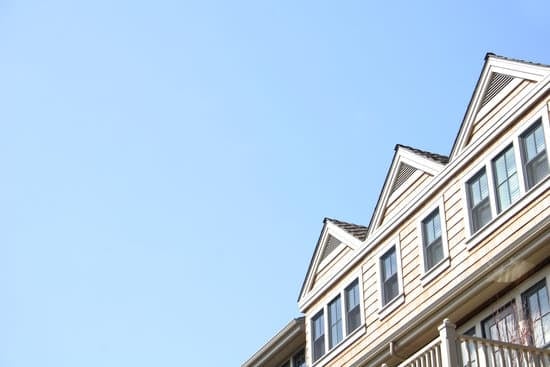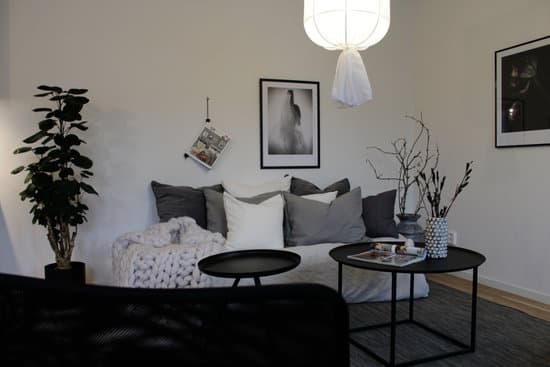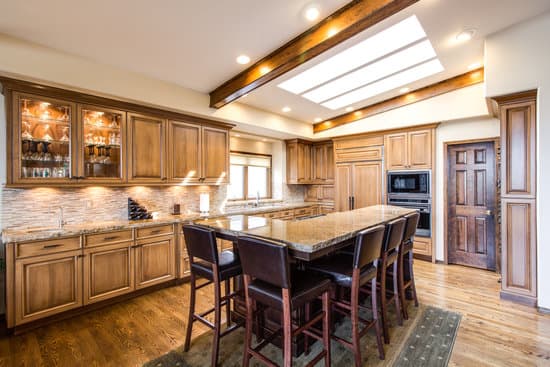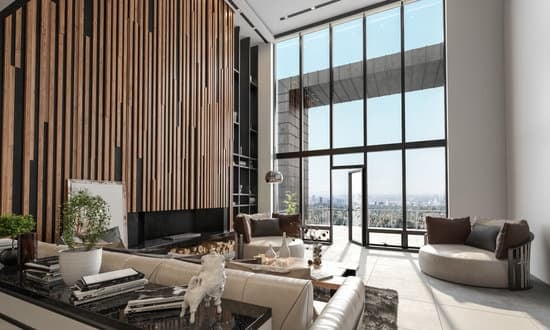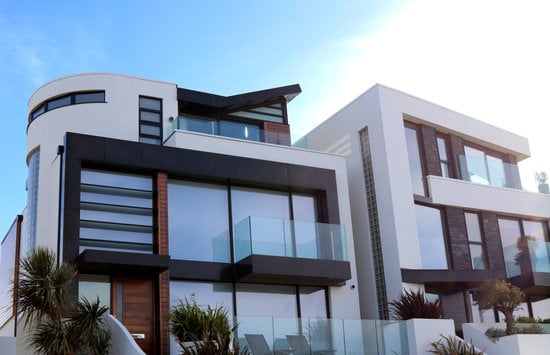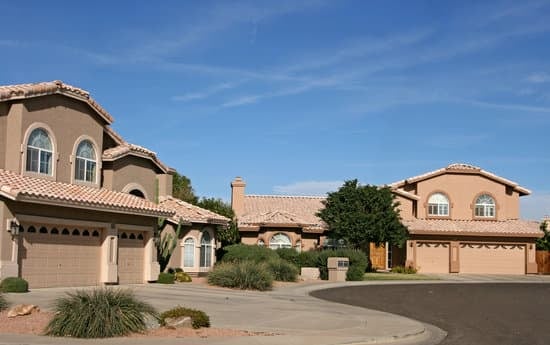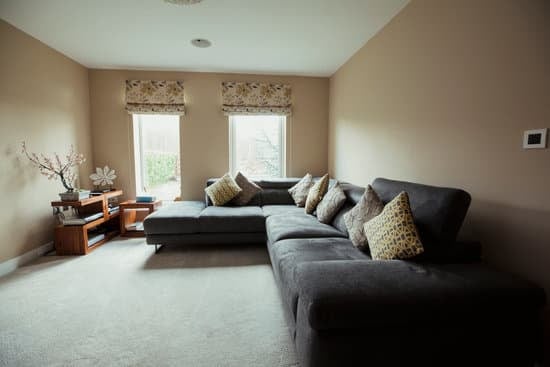Clean Lines in Mid-Century Modern Design
One of the key elements of mid-century modern design is the use of clean lines. This means that furniture and décor pieces should have sharp, straight lines and minimal curves. The idea is to create a sleek, uncluttered look that is both modern and timeless. When selecting furniture, look for pieces that have thin, tapered legs and a low profile. Couches and chairs should have straight backs and armrests, and accessories should be minimalistic. This doesn’t mean you cannot have patterns or textures in your home, but they should be simple and not overpowering.Soft Tones and Colors in Mid-Century Modern Interiors
Mid-century modern interiors are known for their use of soft, muted tones. This includes a lot of pastels, as well as natural colors like beige, brown, and green. The idea is to create a warm and inviting space that feels cozy and comfortable. When choosing colors for your home, look for shades that are inspired by nature. This includes soft blues and greens, as well as earthy browns and greys. Use bolder accents to add pops of color throughout the space. Bold accents can include bright orange, red, or blue, which were popular colors in the mid-century. Pro Tip: Always choose colors that complement each other rather than clashing.The Combination of Man-Made and Natural Materials
Mid-century modern design is known for its use of both man-made and natural materials. This includes wood, metal, plastic, and glass. The materials should be of high quality, however, and well-made. The combination of different materials creates a layered, textured look that adds depth and dimension to the space. When selecting furniture and accessories, look for pieces that are made of natural materials like wood and leather. Mix these with man-made materials like molded plastic and metal. You can also incorporate natural materials like plants, which bring a sense of life and vitality into the space. Some examples of materials used in mid-century modern design include:- Wood: teak, walnut, oak, ash, and beechwood
- Metal: aluminum, steel, and brass
- Plastic: molded plastic and fiberglass
- Textiles: wool, cotton, and leather
The Use of Graphic Forms in Mid-Century Modern Design
Graphic forms are another key element of mid-century modern design. This includes bold, abstract shapes like triangles, circles, and squares. These shapes are often used in patterns and textiles, as well as in furniture design. When incorporating graphic forms into your home, look for pieces that have clean shapes and lines. Choose patterns that are simple and not too busy. You can also add artwork or sculptures that feature graphic shapes and forms. Pro Tip: When incorporating graphic forms, remember that less is more.Bringing the Outdoors Inside with Mid-Century Modern Motifs
Mid-century modern design often incorporates outdoor motifs into indoor spaces. This includes bringing natural elements like plants and wood into the home, as well as using patterns like leaves and branches in textiles and artwork. When using outdoor motifs in your home, be careful not to overdo it. Choose a couple of motifs or materials to work with and stick to them. This helps create a cohesive look that feels intentional rather than cluttered. Examples of outdoor motifs used in mid-century modern design include:- Leaves and branches in artwork and textiles
- Wooden furniture and accessories
- Plants and greenery throughout the space
Key Characteristics of Mid-Century Modern Design
In summary, the key characteristics of mid-century modern design include:- Clean lines and minimalistic design
- Soft, muted tones with bold accents
- A mix of natural and man-made materials
- Graphic forms and shapes
- Outdoor motifs and natural elements




